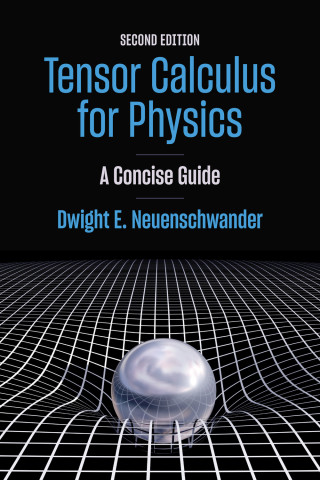
Reviews
Swetz has collected word problems, or story problems, used to teach mathematics around the world and throughout history, so mathematics teachers in middle and secondary schools can use them today. University students of mathematics and its history might also find them useful as well as entertaining.
Mathematical Expeditions is a wonderful resource for any teacher who would like to use old problems in a course to help students understand the context of mathematical ideas.
The book is well thought-out and is recommended to readers interested in the history of mathematics.
One of my graduate students, who is majoring in mathematics, was excited when I showed her a sample of problems in the book. A month later, she asked whether I had finished my review—she wanted to borrow the book!
Swetz’s choice of problems is diverse and insightful. They provide a lively and engaging way to incorporate history into a mathematics course.
Book Details
Preface
1. Word Problems: Footprints from the History of Mathematics
2. Problems, Problems: A Resource for Teaching
3. Ancient Babylonia (2002–1000 BCE)
4. Ancient Egypt
5. Ancient Greece
6. Ancient China
7
Preface
1. Word Problems: Footprints from the History of Mathematics
2. Problems, Problems: A Resource for Teaching
3. Ancient Babylonia (2002–1000 BCE)
4. Ancient Egypt
5. Ancient Greece
6. Ancient China
7. India
8. Islam
9. Medieval Europe
10. Renaissance Europe
11. Japanese Temple Problems
12. The Ladies Diary (1704–1841)
13. Nineteenth-Century Victorian Problems
14. Eighteenth- and Nineteenth-Century American Problems
15. Problems from the Farmer's Almanac
16. Nineteenth-Century Calculus Problems
17. Some Sample Problem Solution Methods
18. Where to from Here? Where Do You Want to Go?
Acknowledgments
Answers to Numbered Problems
Glossary of Strange and Exotic Terms: Measurements, Monetary Units, and Culturally Relevant Words
Bibliography
Index





